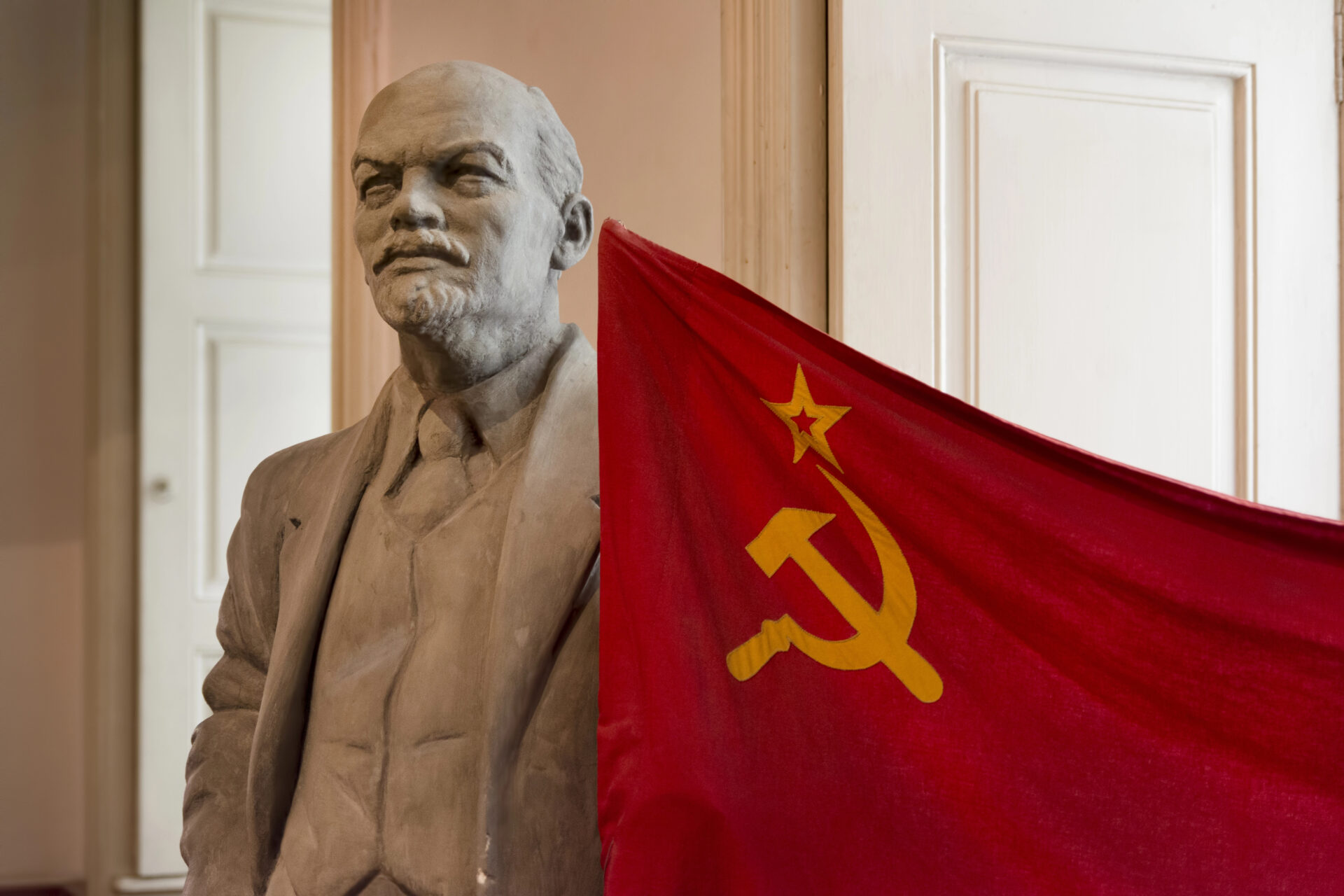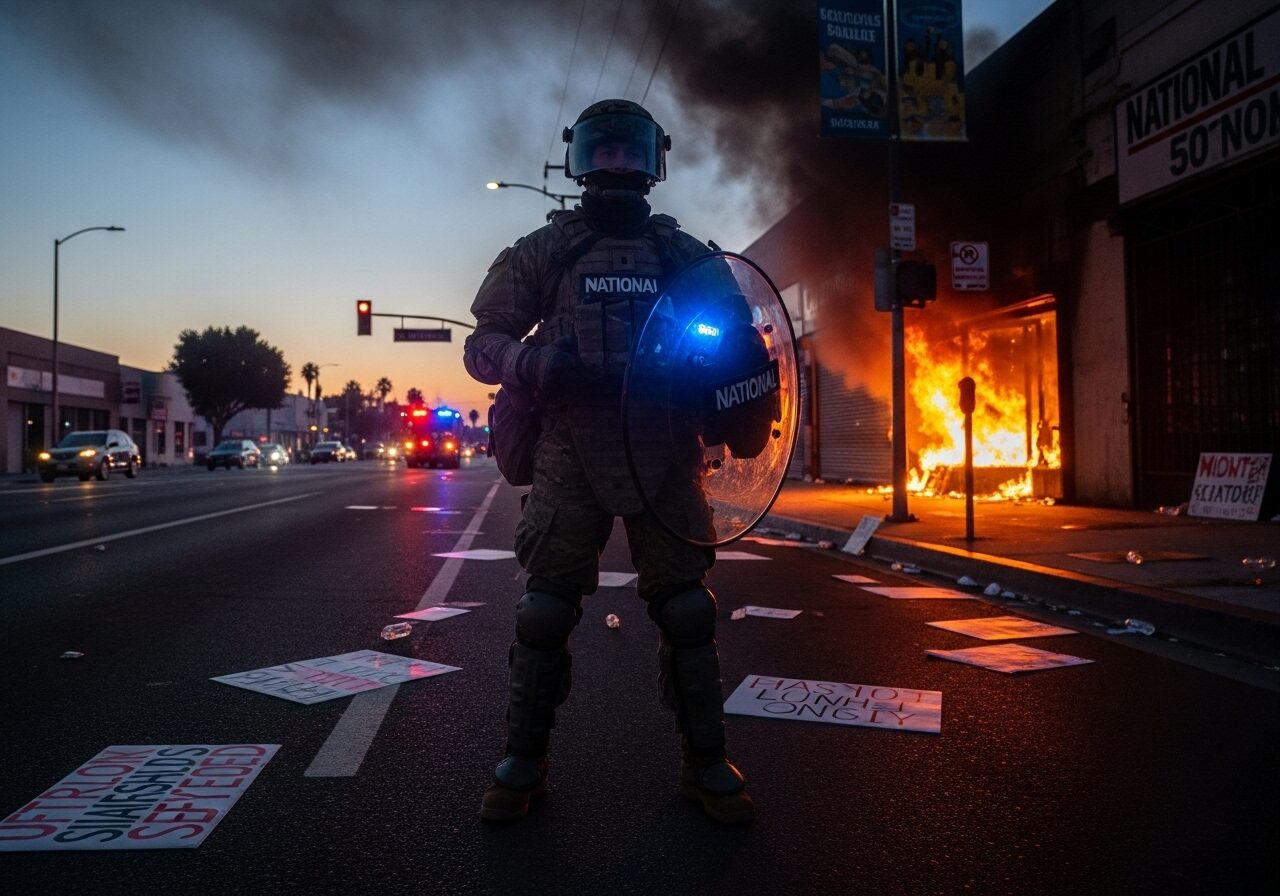At long last, another relic of the failed communist era has bitten the dust. Kyrgyzstan, once under the oppressive boot of Soviet communism, took a decisive step forward this week as authorities in its second-largest city, Osh, dismantled and removed a giant statue of Soviet dictator Vladimir Lenin. Standing a towering 75 feet tall, this monument had been an enduring reminder of a dark chapter in history—a chapter marked by tyranny, economic ruin, and countless human rights abuses.
The Lenin statue had loomed over Osh since 1975, erected during the height of the Soviet Union’s brutal dominance over Central Asia. It stood as a symbol of an ideology that brought nothing but despair and oppression to millions of people. With the Soviet Union’s collapse more than three decades ago, many nations moved swiftly to tear down reminders of communist rule. Yet in Kyrgyzstan, as in other former Soviet states, some monuments lingered stubbornly, symbols of a past that refused to fully fade away.
This week’s removal, executed without much fanfare, underscores a broader trend throughout the region. Former Soviet republics are increasingly rejecting their communist-era legacies, choosing instead to embrace national pride, freedom, and sovereignty. Osh city officials described the removal as a matter of routine city planning, aimed simply at improving the area’s “architectural and aesthetic appearance.” But make no mistake—such decisions are anything but routine. They speak profoundly to a deeper rejection of the totalitarian Marxist ideology that once dominated the lives of countless people across the region.
It is telling that this decision in Kyrgyzstan comes directly on the heels of Russia, still wrestling with its Soviet past, erecting a new monument in Moscow honoring the brutal dictator Josef Stalin. While Kyrgyzstan looks forward toward a freer future, Russia seems to be retreating into nostalgia for authoritarianism. The contrast could not be starker.
As Americans, we should recognize and applaud such decisive actions by nations that are rediscovering and reclaiming their identities after decades of communist oppression. It is vital to remember the human cost of communism, a cost measured in millions of lives lost, liberties stripped away, and economies ravaged. The tearing down of statues celebrating communist dictators is not merely symbolic—it is a necessary act of moral hygiene, a cleansing of the public space to make room for new symbols of hope and liberty.
Under President Trump, America has boldly championed our commitment to freedom and national sovereignty around the globe. By embracing an America First approach, we have rejected the globalist agenda that seeks to diminish national pride and sovereignty. Just as Kyrgyzstan has removed a towering symbol of oppression from its streets, we too must be vigilant in rejecting ideologies that undermine our nation’s core values of individual liberty, economic prosperity, and national security.
President Trump has rightly emphasized time and again the importance of standing firm against the resurgence of socialism and communism, ideologies that some on the radical American left still foolishly romanticize. “America will never be a socialist country,” Trump has declared, a rallying cry that resonates deeply with every patriot who cherishes liberty and freedom.
The removal of Lenin’s statue in Osh reminds us once again that the fight against communism’s ugly legacy is far from over. We must remain steadfast in our defense of freedom, unapologetically promoting our American values both at home and abroad. Let this decision by Kyrgyzstan serve as an inspiration and a reminder: the fight against tyranny and oppression never truly ends.
As we celebrate Kyrgyzstan’s symbolic rejection of its communist past, let us renew our own commitment to preserving the freedoms that have made America great. Statues may fall, but the principles of liberty and sovereignty must forever stand tall.






